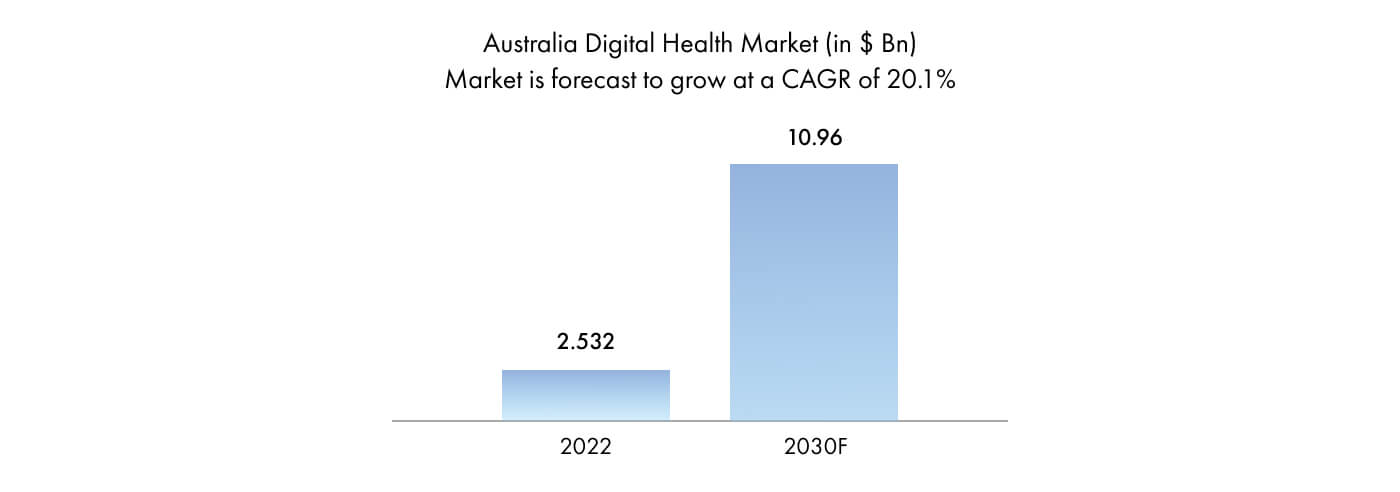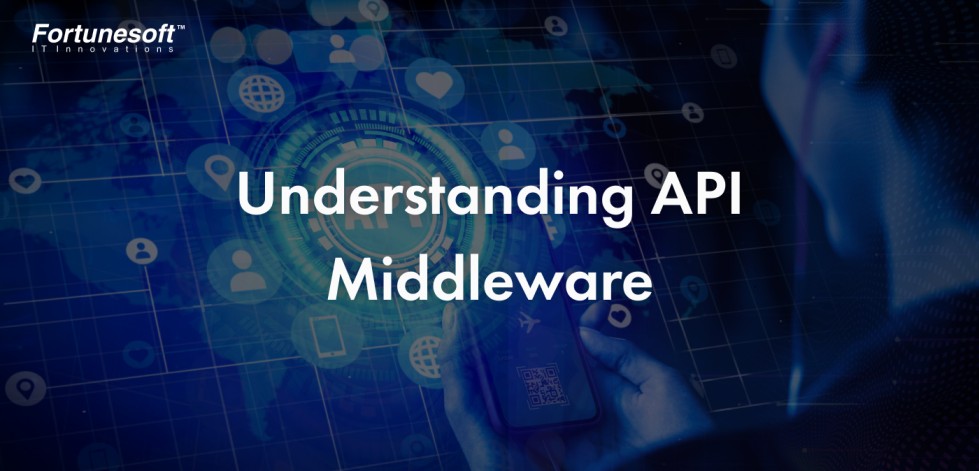 By Jophin
March 13, 2024
2 min min read
By Jophin
March 13, 2024
2 min min read
Top Trends in Healthcare App Development You Need to Know
In recent years, healthcare providers and organizations have been seeking innovative ways to connect with their patients to provide exceptional medical assistance. In the healthcare industry, mobile applications are pivotal in enhancing patient engagement, connecting patients and doctors seamlessly, tracking medical records, scheduling appointments, and more. Therefore, healthcare mobile apps have become integral to communicating with patients and improving the standard of patient care.
With the proliferation of smartphones and advancements in digital healthcare technology, healthcare app development has emerged as a vital solution in revolutionizing the healthcare industry. Leveraging the best healthcare mobile app development service in Australia will help you transform the way you assist and communicate with patients. Healthcare mobile apps are not only reshaping how individuals access medical services but also improving patient outcomes and streamlining healthcare delivery.
As a healthcare provider, utilizing a first-class healthcare mobile application development service is a wise choice. But before that, you must be aware of the latest trends evolving around healthcare applications. In this blog, we’ll delve into the top nine healthcare app development trends for 2024, which explores how they’re shaping the landscape of healthcare in Australia and beyond.
Let us begin this blog with an exciting section.
Impact of Healthcare Mobile App Development in Australia
Generally, healthcare app development is a complete approach to developing a superfine mobile health application on Android and IOS that fits your requirements. We are aware that Australia is well-known for its robust healthcare system and has been quick to adopt healthcare applications to deliver better patient care and accessibility to medical services.
The impact of healthcare mobile app development in Australia has been transformative, which revolutionizes the way individuals access and manage their health services. These apps have significantly enhanced patient engagement and healthcare outcomes. By providing quick access to medical information, appointment scheduling, and telemedicine services, healthcare mobile apps have empowered Australians to take a proactive approach to their health.

Moreover, healthcare mobile apps have bridged the gap in accessing medical services in Australia. For instance, telemedicine apps have enabled patients in remote areas to consult with healthcare providers without the need for travel, which reduces barriers to care and improves healthcare equity.
Additionally, healthcare applications have facilitated better communication and coordination among healthcare professionals. As a result, it leads to more efficient care delivery and reduced medical errors. Also, patients can securely share medical records and communicate with their healthcare providers. Apart from these factors, Healthcare mobile app development in Australia has facilitated a shift towards patient-centered care, promoting wellness, preventive measures, and improving overall healthcare quality.
Now, let us see…
Top 9 Healthcare App Development Trends in Australia
Australia has been at the forefront of embracing technological advancements to enhance patient care and simplify healthcare delivery. As we delve into 2024, several healthcare app development trends are poised to revolutionize the industry.
Here are the top nine healthcare app development trends in Australia that you need to know.

1. Growth of AI & ML
Artificial Intelligence (AI) and Machine Learning (ML) have become indispensable technological advancements in healthcare app development. Integrating these technologies into applications will offer insights, automate processes, and enhance diagnostic accuracy.
In Australia, healthcare mobile applications powered by AI and ML algorithms are revolutionizing medical imaging, predictive analytics, and personalized medicine. Furthermore, these apps can analyze vast amounts of data to identify patterns, predict disease risk, recommend treatment plans, and more. Consequently, it leads to more efficient healthcare delivery.
2. Internet of Medical Things (IoMT)
The Internet of Medical Things (IoMT) is revolutionizing healthcare delivery by connecting medical devices and wearables to the Internet, which enables remote monitoring, data collection, and real-time health tracking.
In Australia, IoMT-enabled healthcare mobile apps are empowering patients to manage chronic conditions, monitor vital signs, and receive rapid interventions. By harnessing the power of connected devices and data analytics, IoMT is driving personalized healthcare and improving patient outcomes.
3. The rise of Telemedicine
Telemedicine app development has witnessed a meteoric rise in recent years, and its momentum is only expected to accelerate in 2024. With telemedicine apps, patients can consult with healthcare providers remotely, which eliminates the need for in-person visits for non-emergency issues.
This trend has been significant in rural and remote areas of Australia, where access to healthcare services can be limited. Utilizing the ideal Telemedicine app development service offers convenience, cost-effectiveness, and timely access to medical advice, which makes healthcare more accessible to all Australians.
4. AR/VR
Augmented Reality (AR) and Virtual Reality (VR) are reshaping the healthcare sector by offering immersive experiences, training simulations, and more. In Australia, healthcare mobile applications leveraging AR and VR technologies are being used for medical education, surgical planning, and pain management. These apps provide healthcare professionals with realistic training scenarios and patients with immersive therapeutic experiences.
5. Women’s wellness apps
Women’s health has been a focus of healthcare app development in Australia, with a growing number of apps catering to the unique needs of women across all stages of life. In Australia, women’s wellness mobile applications are empowering women to track their menstrual cycles, monitor fertility, manage pregnancy, and navigate menopause. These healthcare apps provide valuable health insights, personalized recommendations, and support networks, which help women make informed decisions about their health.
6. Healthcare app cybersecurity
With the increasing digitization of healthcare services, cybersecurity has become a paramount concern for healthcare app developers and patients. In Australia, healthcare app cybersecurity is being prioritized to safeguard patient data and protect against cyber threats. From encryption to regular security audits and updates, healthcare app owners are implementing robust cybersecurity protocols to ensure the confidentiality and security of patient data.
7. Blockchain in Healthcare app
Blockchain technology is gaining traction in every sector, including healthcare. This technology offers secure, transparent, and tamper-proof storage of medical records and transactions within your app. In Australia, blockchain-based healthcare apps are addressing data security and interoperability challenges, which ensures the integrity and privacy of patient information.
By decentralizing data storage and enabling secure sharing of medical records, blockchain is transforming how healthcare data is managed. Therefore, building healthcare mobile apps with this technology paves the way for more efficient and patient-centric healthcare systems.
8. Healthcare wearable technology
Wearable technology is transforming the healthcare sector with its influencing factors. Wearable devices such as smartwatches, fitness trackers, and health monitors are becoming integral components of healthcare app development in Australia. These devices seamlessly integrate with healthcare apps to provide real-time health data, activity tracking, and health insights.
By leveraging wearable technology, your healthcare apps can also deliver personalized health recommendations, monitor chronic conditions, and encourage preventive care behaviors. Moreover, wearable devices enable remote patient monitoring, which empowers healthcare providers to deliver proactive and personalized care to their patients.
9. Homecare apps
A homecare app is a mobile application designed to facilitate and improve various aspects of home-based healthcare services. These healthcare apps cater to individuals receiving care at home, whether due to age, illness, injury, or disability.
Homecare applications typically offer a range of functionalities aimed at enhancing the quality of care, improving communication between caregivers and patients, and streamlining administrative tasks.
By embracing these trends and harnessing the power of digital innovation, Australia is poised to lead the way in shaping the future of healthcare delivery, which makes quality care more accessible and personalized for all Australians.
Wrapping up
The landscape of healthcare mobile app development in Australia is undergoing a remarkable transformation, driven by innovative trends and technologies. As we wrap up our exploration of the top nine healthcare app development trends for 2024, it’s evident that these advancements are reshaping the way healthcare is delivered. From the rise of telemedicine to the integration of IoMT, these trends are enhancing patient care and driving efficiency across the healthcare ecosystem.
The continued evolution of healthcare apps holds immense promise for the future of healthcare applications in Australia. By adopting these trends, healthcare providers can deliver more personalized and patient-centric care, which leads to better health outcomes for individuals. As we navigate the complexities of healthcare app development, a commitment to improving healthcare outcomes will be a key factor. By staying informed and proactive, healthcare providers in Australia can harness the power of digital innovation to build a robust healthcare app for all Australians.
Author Bio


 Facebook
Facebook Whatsapp
Whatsapp LinkedIn
LinkedIn Pinterest
Pinterest






 Start Chat
Start Chat